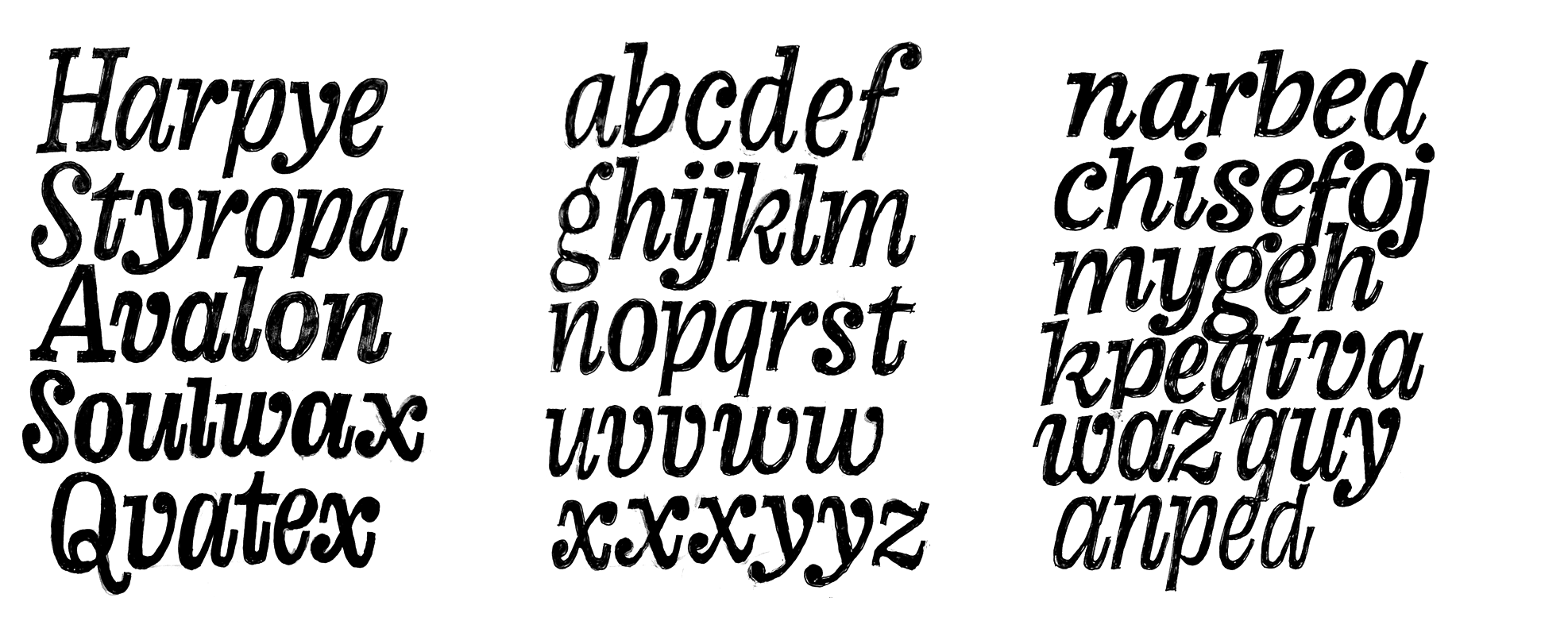Une locomotive à vapeur est un type d'engin moteur pour les chemins de fer, mu par une machine à vapeur. Ce type de moteur thermique est le plus couramment utilisé, de la naissance du chemin de fer jusque dans les années 1950. Il reste toujours employé très localement dans certains pays au xxie siècle, notamment pour des trains touristiques. Désormais, la plupart des trains sont cependant tractés par des locomotives électriques ou thermiques (Diesel), ou bien sont constitués par des rames automotrices, ou des autorails, parfois indivisibles, intégrant la motorisation répartie sous les véhicules et/ou à l'intérieur des caisses. C'est au Royaume-Uni, au début du xixe siècle, que commence l'histoire des chemins de fer où la première locomotive à vapeur est construite par Richard Trevithick en 1804. La traction à vapeur est inaugurée le 12 août 1812, sur le Middleton Railways, dans le Yorkshire. Il s'agit de locomotives pour rails à crémaillère, remorquant des wagonnets de charbon. Les locomotives sont construites par Matthew Murray et John Blenkinsop. Le 27 septembre 1825 est inauguré le chemin de fer de Stockton à Darlington, première ligne ouverte au transport de passagers. La locomotive est celle conçue par George Stephenson. En 1827, l'ingénieur français Marc Seguin met au point la chaudière tubulaire, qui permet de quasiment décupler la puissance des machines, et la même année est ouverte la première ligne de chemin de fer français de Saint-Étienne à Andrézieux2. En 1829, la première locomotive française est utilisée sur la deuxième ligne française de chemin de fer de Saint-Étienne à Lyon. Bien que la traction électrique soit à l'étude dès les années 1880, et utilisée dès les années 1900, c'est en fait la traction Diesel qui entraîne la disparition de la traction vapeur, là où l'électrification ne semble pas rentable ou pas souhaitable, stratégiquement. L'après-guerre marque le déclin de la vapeur, qui sera achevé dans la plupart des pays à la toute fin des années 1970. Cela est effectué par la livraison de nouvelles locomotives Diesel (la transition era en Amérique du Nord3) ou le programme d'électrification des lignes (en Europe). Des locomotives à vapeur sont construites en Europe durant cette période, tentant d'utiliser de nouvelles technologies (turbine à gaz par exemple) ou de nouvelles configurations de machines (programmes d'André Chapelon en France). Elles restent sans descendance. La dernière locomotive à vapeur est construite en France en 1953. Certains pays, particulièrement bien dotés en ressources naturelles de charbon ou de tourbe, continuent à utiliser la traction à vapeur de manière principale, jusqu'à la fin du xxe siècle, dont la République démocratique allemande, l'Afrique du Sud, la Chine et l'Inde.













